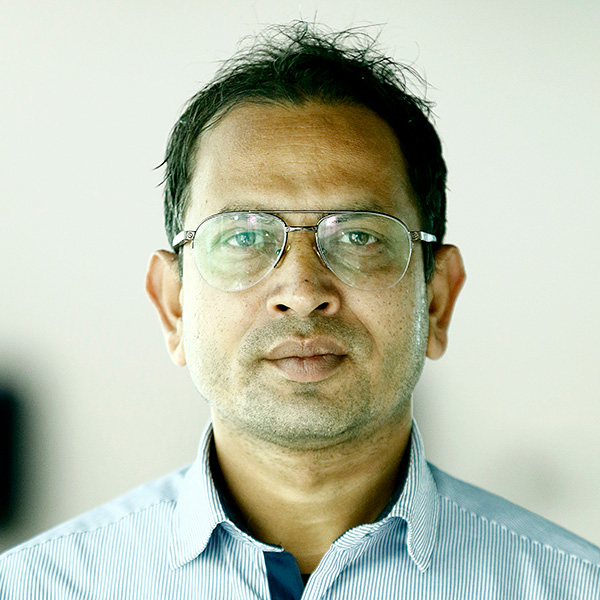Money
Daring experts recover Indian climber’s body
A team of high-altitude climbing experts have successfully executed what has been described as the most complex operation on Everest by retrieving the body of an Indian climber from the ‘death zone’ on Saturday evening.
Sangam Prasain
A team of high-altitude climbing experts have successfully executed what has been described as the most complex operation on Everest by retrieving the body of an Indian climber from the ‘death zone’ on Saturday evening.
The body of Ravi Kumar, 27, was lying at the bottom a 200-metre-deep crevasse near the summit of the world’s tallest mountain. He had gone missing from the so-called balcony located at 8,400 metres on Everest on May 20. A search team spotted his body on May 22.
“The body was handed over to the Indian Embassy on Sunday,” said Mingma Sherpa, managing director of Seven Summit Treks, the company handling the operation. The team also recovered the bodies of two other Indian climbers, Goutam Ghosh and Paresh Nath, who died on the mountain in 2016.
“It took three days to complete the mission,” he said. “Our high-altitude climbing experts flew to Camp II at 6,400 metres by helicopter, and then climbed to the balcony,” he said. It took more than three hours to pull up Ravi’s body from the crevasse in the ‘death zone’ where oxygen is scarce, he added. The bodies were flown to Kathmandu.
The team consisted of 10 experts, he said. The cost of the operation in which the bodies of two other Indian climbers were also recovered is expected to touch $200,000.
The operation was launched following immense pressure from the Indian government. “The Indian government has agreed to bear the cost,” said Sherpa.
“We do undertake difficult and dangerous operations on Everest. But this mission was different. In fact, it was the biggest mission executed on Everest so far,” he said. Each rescuer will be paid a fee of $3,000, he said. All members of the rescue team have returned safely after conducting the operation.
Kumar had reached the summit with his guide at 1:28 pm last Saturday. The Indian climber collapsed during the descent due to low energy and oxygen levels.
Kumar had forced his guide to push for the summit even though it was not a good time, according to the expedition organiser. The guide left Kumar on the balcony with auxiliary oxygen as he couldn’t walk any further.
The guide descended to Camp IV to send back a rescue team as he was suffering from frostbite and snow blindness. Three high-altitude guides reached the spot, but they couldn’t find the Indian climber.
Yearwood’s body remains on Everest
KATHMANDU: The family of 50-year-old American climber Roland Yearwood, who died on May 21 near the summit of the world’s highest peak, has not responded to calls to retrieve the body.
Mingma Sherpa, managing director of Seven Summit Treks, said Yearwood’s family had been asked to arrange the money to bring the body back from the mountain. “We haven’t heard anything from them.” He said it would cost at least $60,000 to retrieve the body.
As it costs a lot of money to recover the bodies of climbers who die on Everest, many expeditions choose to leave them there.




 21.12°C Kathmandu
21.12°C Kathmandu















